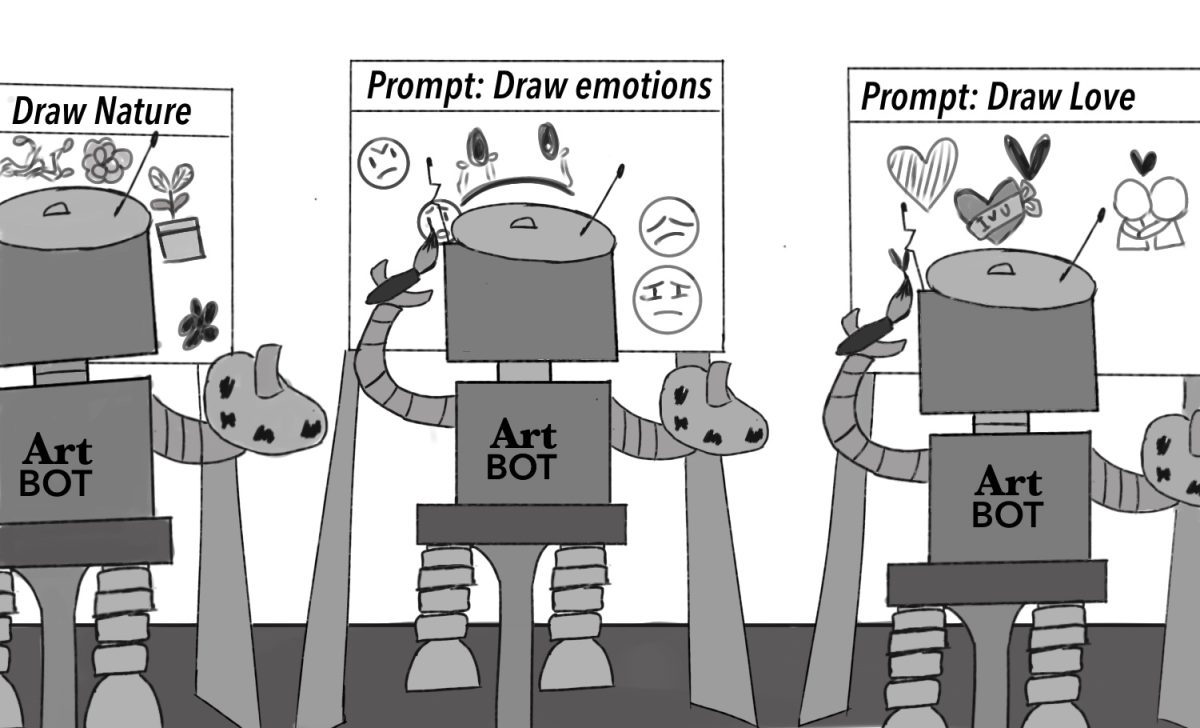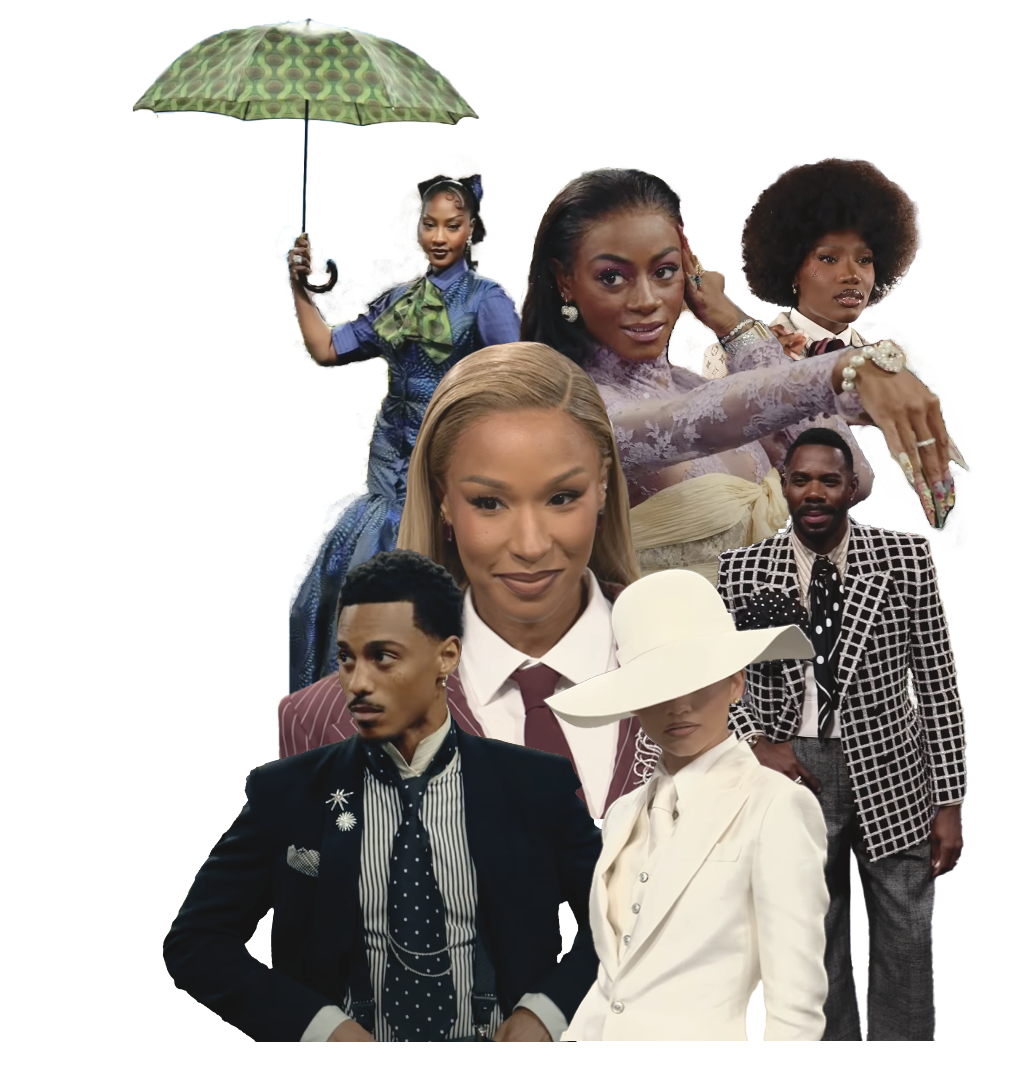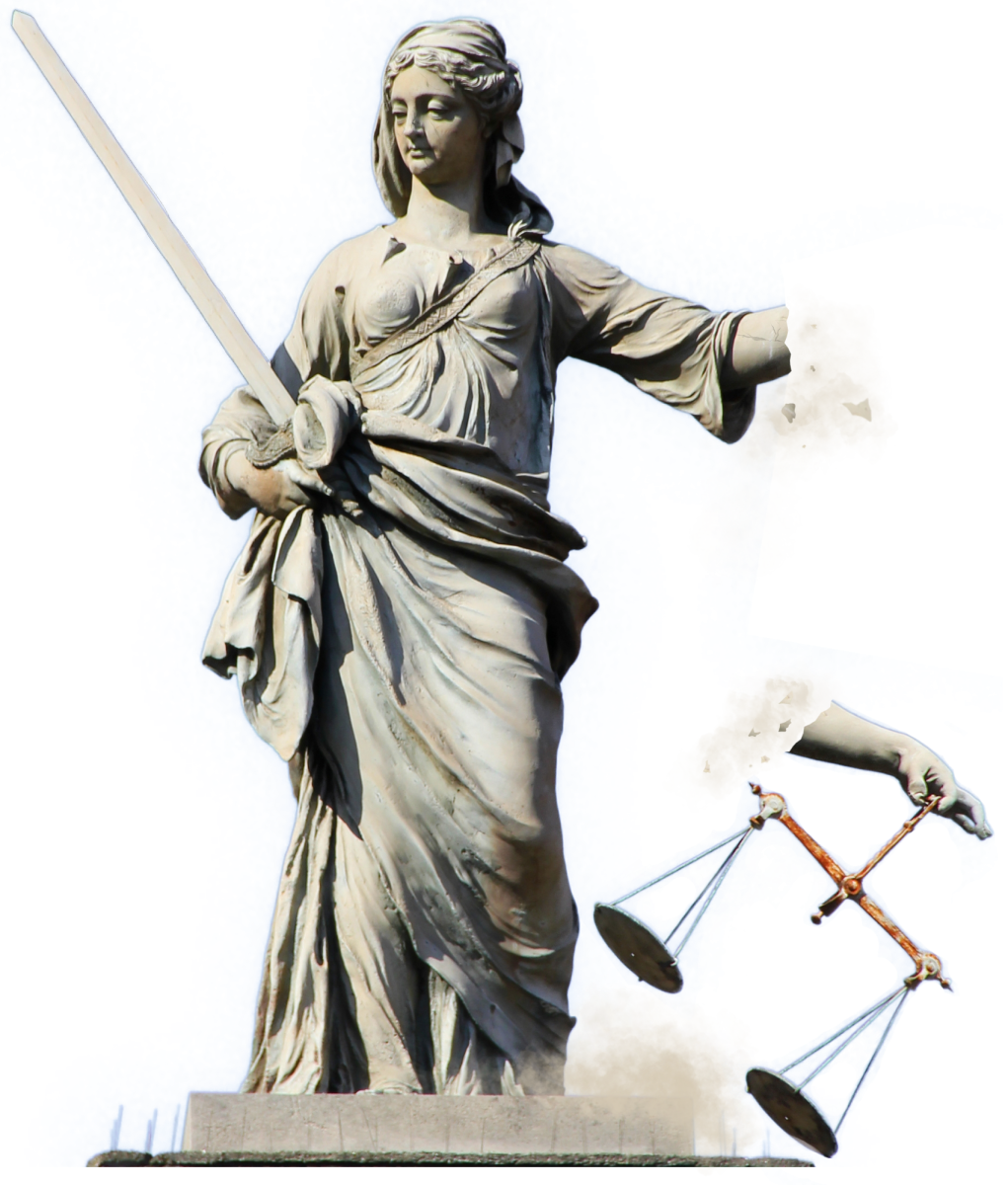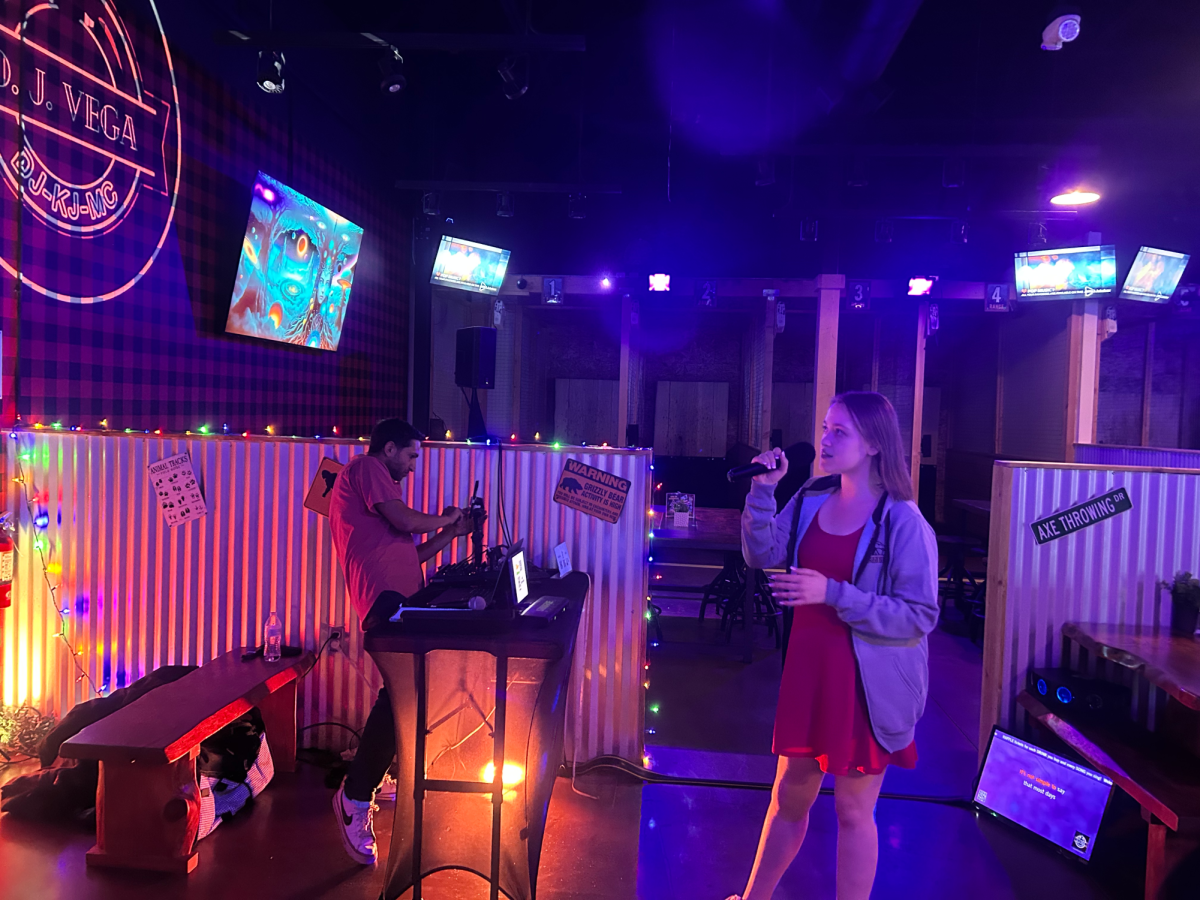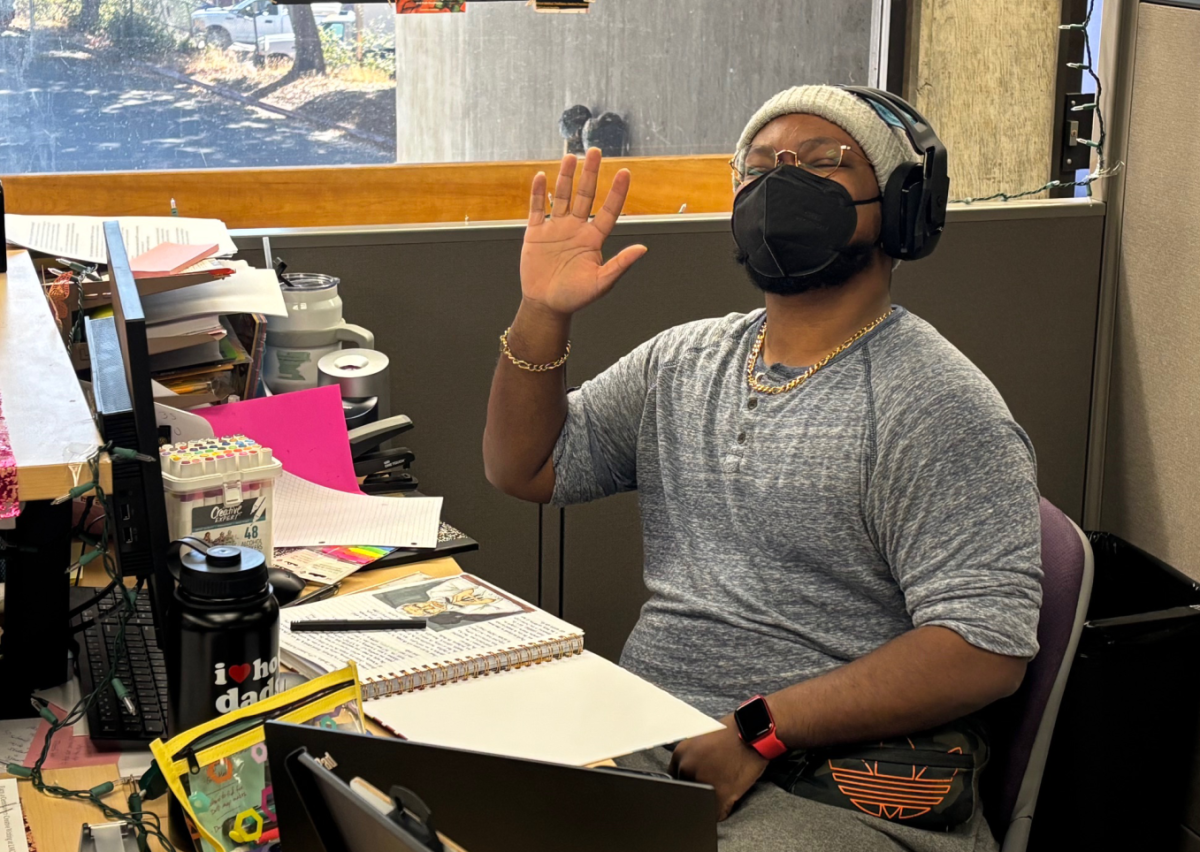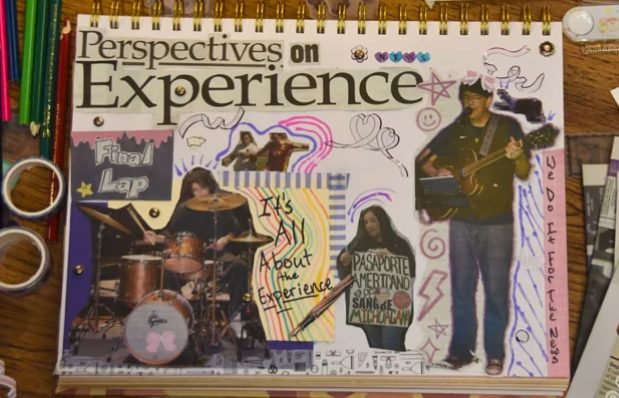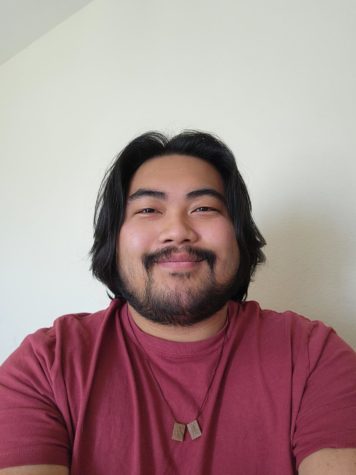Artificial Intelligence has been making huge waves in the tech industry with its increasing development. What started out as simple chatbots has now transformed into AI models that can create art and even videos using just descriptive sentences. While all this is intriguing, it has created a rift between people who view AI as a stepping stone to an efficient future and people who see it as harmful and out of control.
It’s a growing topic that AI can hinder education, but Los Medanos College professor John Schall believes that by learning how to use it responsibly it can be used for the greater good.
“It can make learning more efficient, accessible and personalized,” said Schall. “[It] can ensure that educational content is tailored to meet diverse needs, creating more equitable learning experiences.”
One common argument made against AI is that it enables cheating, and Schall said it’s a most pressing concern. Despite this, he sees the potential for AI to enhance education. In one example, Schall has said that students can benefit from AI-driven tools that offer personalized feedback, helping to target areas for improvement and develop skills efficiently.
“Instructors want students to engage deeply with the curriculum and develop critical thinking skills,” said Schall. “Simply inputting questions into AI tools won’t provide the same depth of understanding as actively reflecting on the material and seeking answers through the reading.”
Schall is teaching a beginner course on Adobe Photoshop this semester. One of his lesson plans involves students experimenting with Adobe’s generative AI and another AI platform. Through this lesson plan, he wants to showcase the limitations of AI and how prompts can make or break the results.
“The skills from these exercises are going to make students aware of the capabilities (and downfalls) of AI in Photoshop and using the other platform,” said Schall.
LMC Student Erin Aragon, who is enrolled in Schall’s beginner course, has expressed their disinterest in this lesson. They have said that using generative AI goes against their morals as an artist.
“When it comes to artistic AI, that’s when it becomes a problem,” said Aragon. “AI generated art has no place in the field, that’s my strong opinion.”
Aragon is a Computer Science major and is enrolled in the course for a game design certificate. Character design is an important topic for them and in the field of video game development, AI is no stranger to this industry. Although Aragon understands that AI can be beneficial, they believe that its inclusion into creativity is damaging to artists and creatives alike.
“With AI generated images, you just type in some words and you have mashed together [an] image with no care,” said Aragon. “Why pay an artist which’ll take time when you just create an image in seconds? It’s really sad.”
Their distaste for AI stems from how models are able to produce images. AI models like Midjourney or DALL-E are fed information that is scraped off the internet without explicit permission. Aragon worries that once these AI models are fed enough, companies would rather relay the work on to machines instead of human artists in the industry.
“I don’t want to live in a future where my career doesn’t matter, kids are growing up on soulless computer-generated media, and nobody can tell when something is and isn’t real,” said Aragon.
Schall however said he believes that AI could never completely replace humans. Having worked as a graphic designer for many clients, he said people would often prefer to hire real human designers because no one can replicate their unique style.
“While it can generate good designs and compositions, it struggles to consistently follow design principles, often requiring adjustments and refinements,” said Schall.
The future of AI is still currently being formed, but it’s clear that the AI race is not stopping anytime soon. With companies like Nvidia, Microsoft and Apple fueling developments, discussions on the dangers and benefits of AI are likely going to keep continuing. One thing for certain is that with it being so embedded in people’s everyday lives, it’ll be up to everyone to adapt to its changes.
“AI is here to stay and will continue to play an increasing role in our lives,” said Schall. “Instead of resisting it, we should embrace its potential and learn how to use it effectively.”

